APAH Unit 10: Rococo, Neoclassicism, Romanticsm, Realism, Photography, Impressionism
1/41
There's no tags or description
Looks like no tags are added yet.
Name | Mastery | Learn | Test | Matching | Spaced |
|---|
No study sessions yet.
42 Terms
Pointillism
Technique characterized by the separation of colors into individual dabs and patches. Using this technique, artists believed they could attain the maximum luminosity of color.
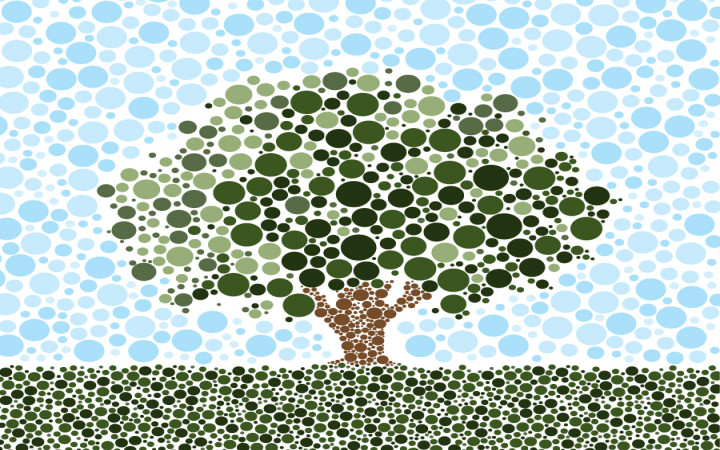
The Englightenment
The Age of Reason, a 17th and 18th-century intellectual and cultural movement emphasizing reason, individualism, and skepticism of traditional authority.
Natural Art / Naturalism
A style that seeks to represent objects or living beings as they appear to the eye, realistically.
Hudson River School
A group of American landscape painters that emerged around 1850s under the influence of Thomas Cole.
Pre-Raphaelite Brotherhood
A group of young English artists in the Victorian era who rejected contemporary middle-class taste and academic painting. They sought to create a “truthful", serious art that harkened back to Early Renaissance models and were inspired by literature, religious scenes, etc.
Daguerreotypes
An early photographic process that creates a highly detailed image on a sheet of copper plated with a thin coat of silver without the use of a negative, invented by Louis-Jacques-Mandé Daguerre.
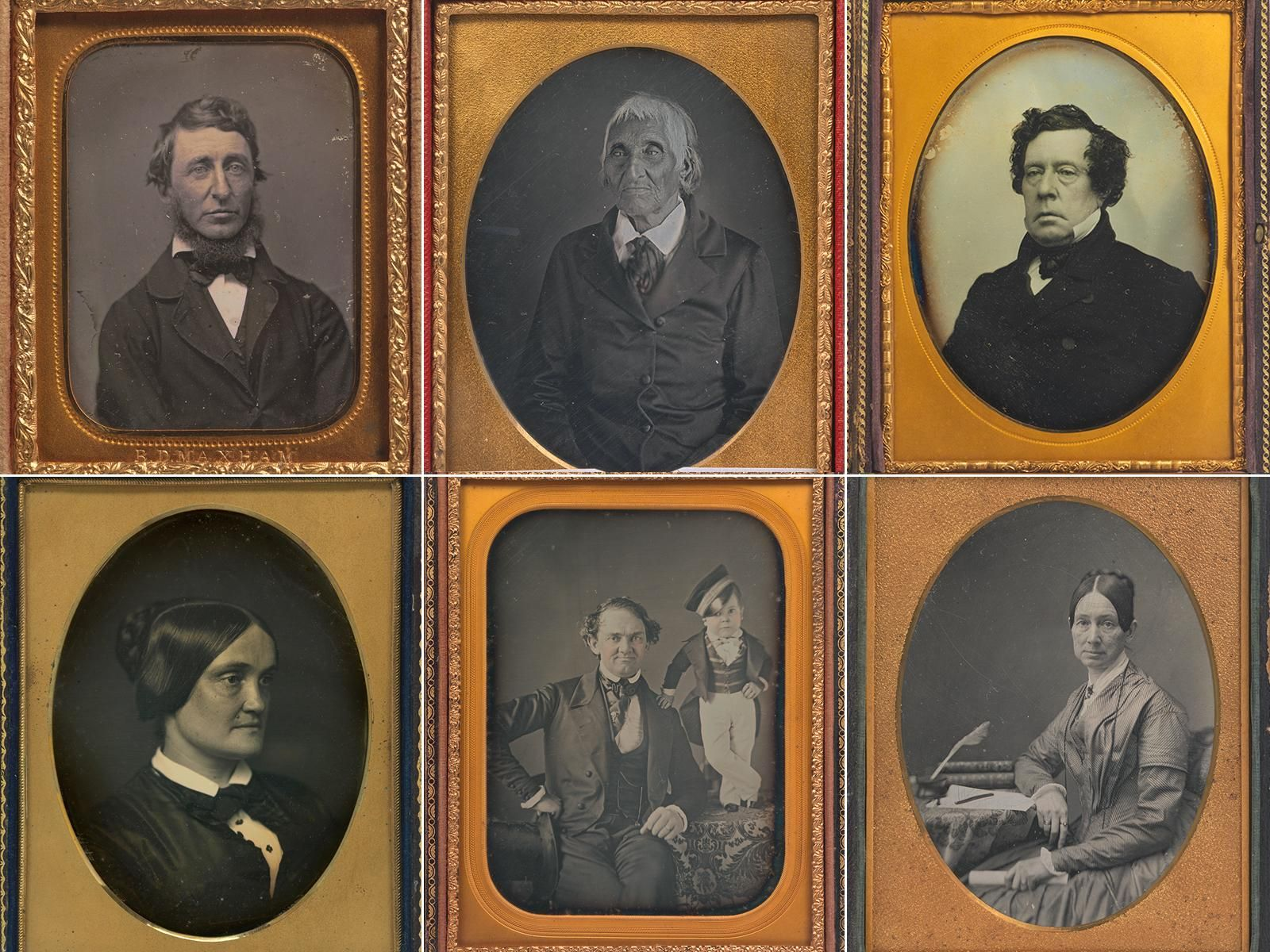
Calotypes
An early photographic process using paper coated with silver iodide, introduced by William Henry Fox Talbot.
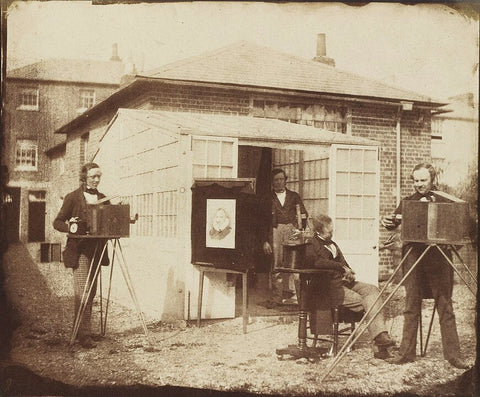
Wet-Plate Photography
An early photographic method that uses glass or metal plates, a mixture of chemicals, and a darkroom.
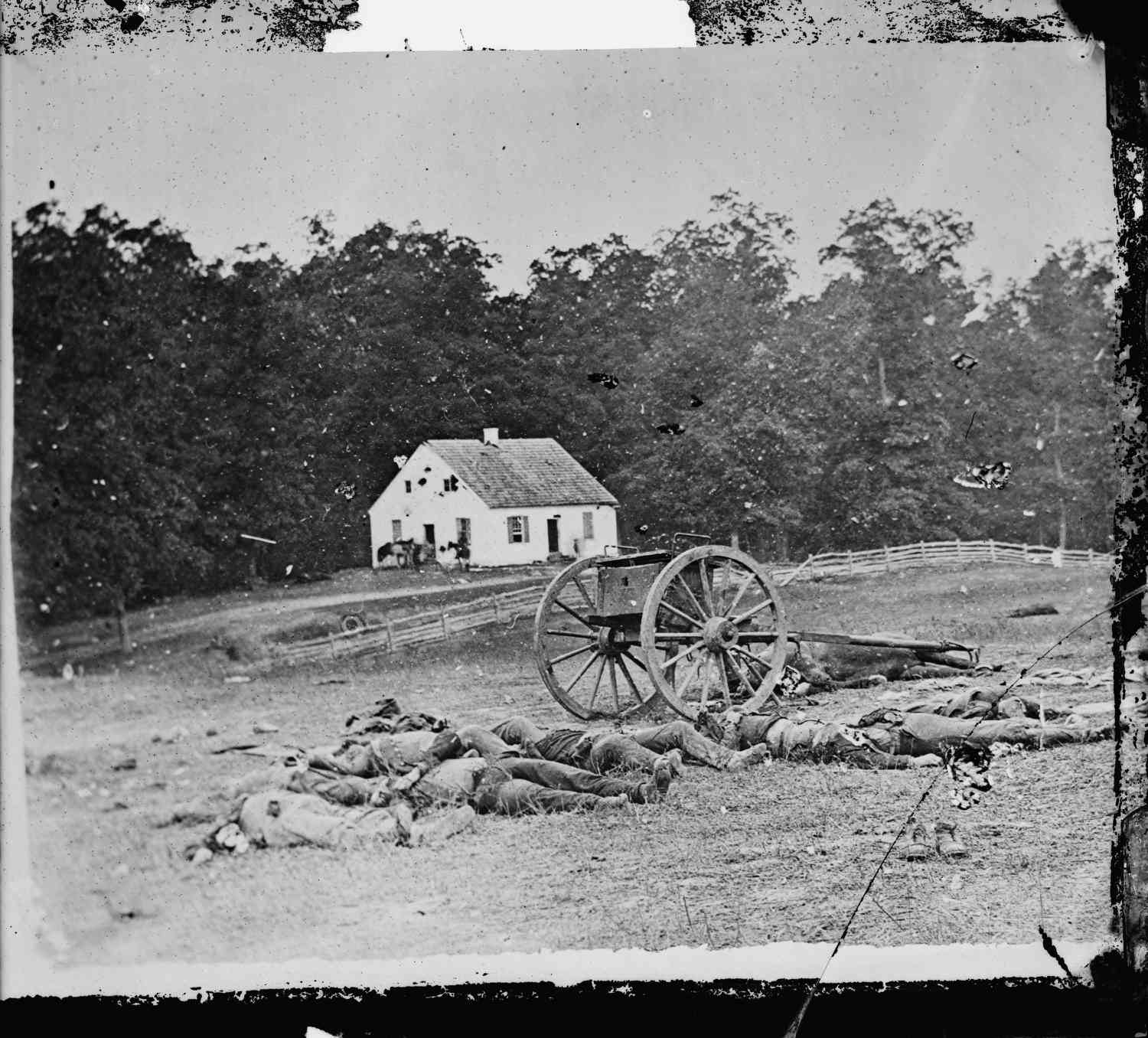
Modernism
A 20th-century movement that rejected traditional values and technqiues, and emphasized individual experience, experimentation, and abstraction.
Decorative Arts
A visual art form involving the creation of objects that are aesthetically pleasing and still retain a functional use.
Arts and Crafts Movement
Art Nouveau
A style in architecture, decorative arts, graphic art and design that was inspired by natural forms, such as the curves of vines.
“Form follows function”
The idea that the design or appearance of something should primarily be determined by its purpose or function rather than by aesthetics or historical styles.
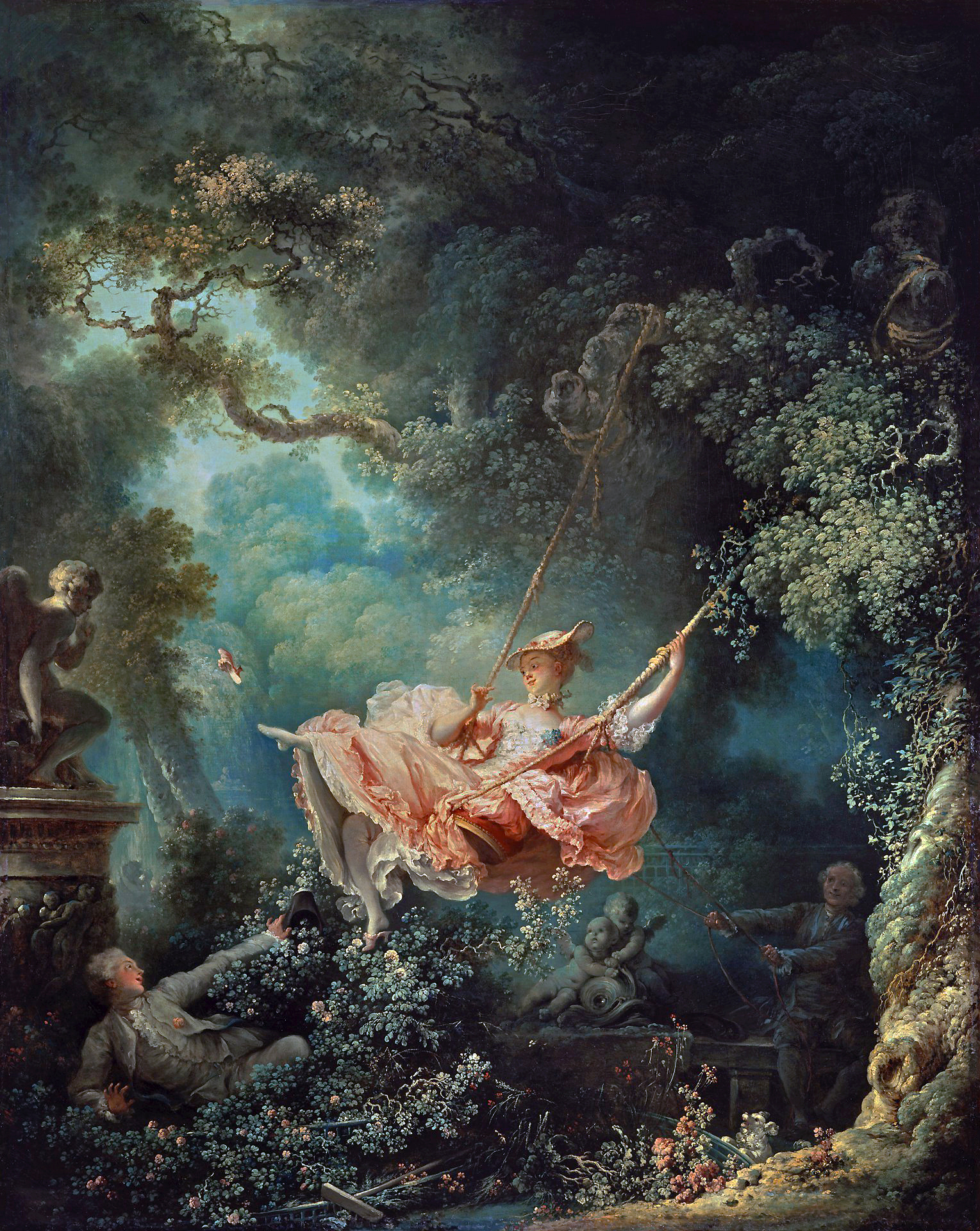
The Swing
Artist: Jean-Honore Fragonard
Period: Rococo
Year: 1767
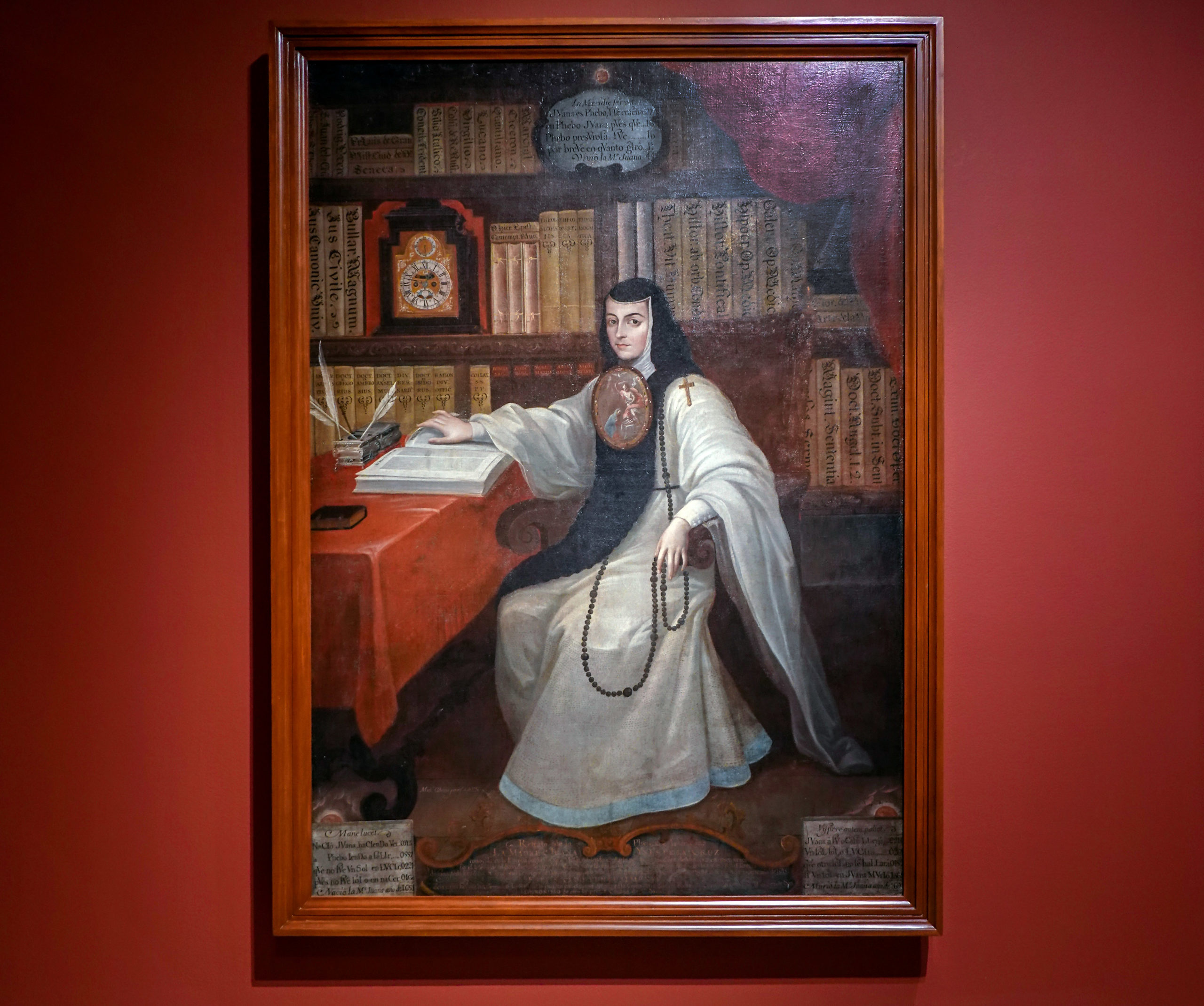
Portrait of Sor Juana Ines de la Cruz
Artist: Miguel Cabrera
Period: Rococo
Year: 1750
Enlightenment/Industrial Revolution
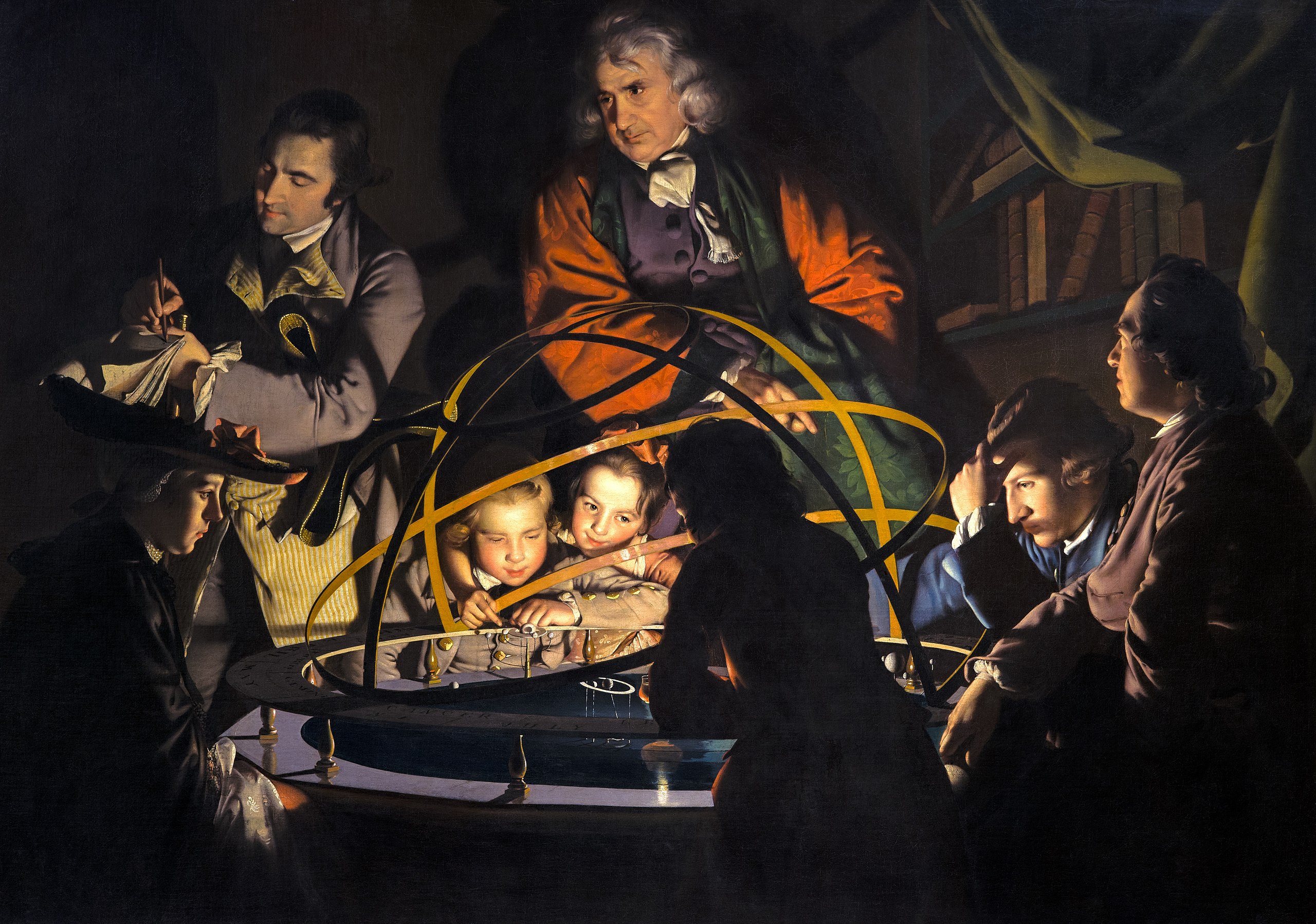
A Philosopher Giving a Lecture at the Orrery
Artist: Joseph Wright of Derby
Period: Rococo
Year: 1763-1765
Enlightenment/Industrial Revolution
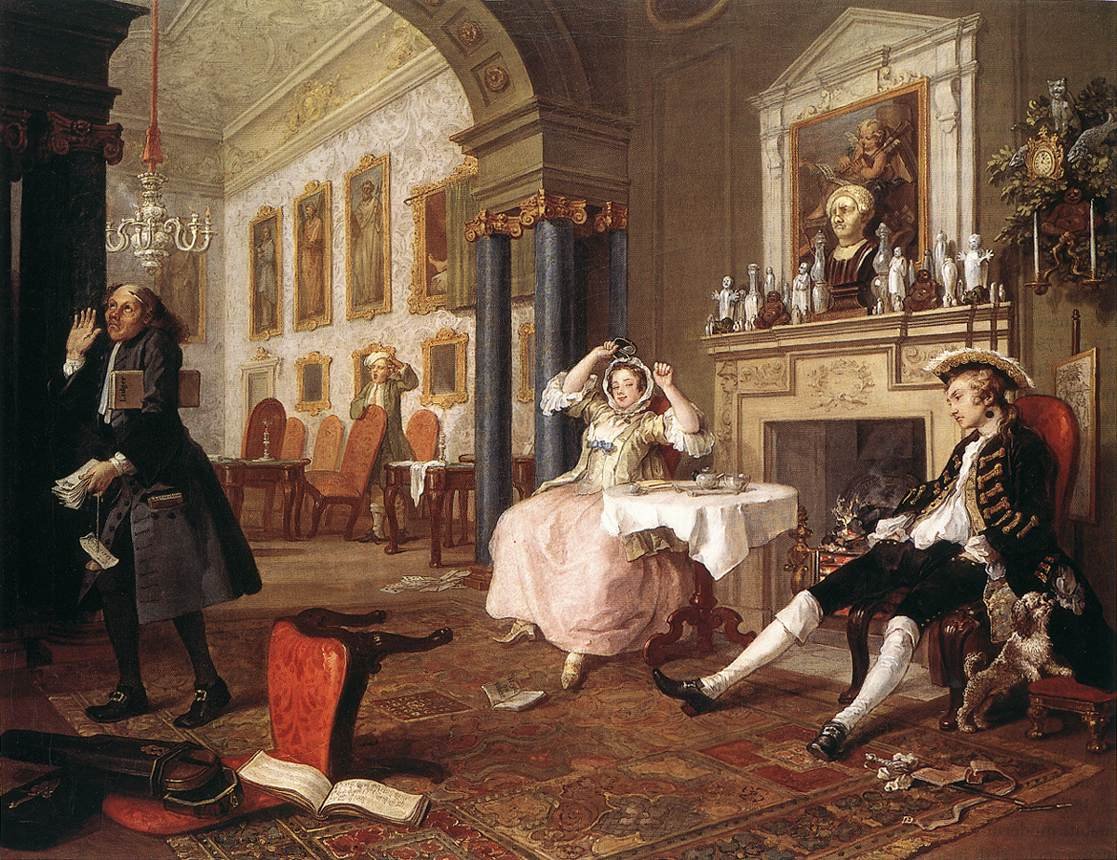
The Tête à Tête from Marriage à la Mode
Artist: William Hogarth
Period: Rococo
Year: 1743
Natural Art
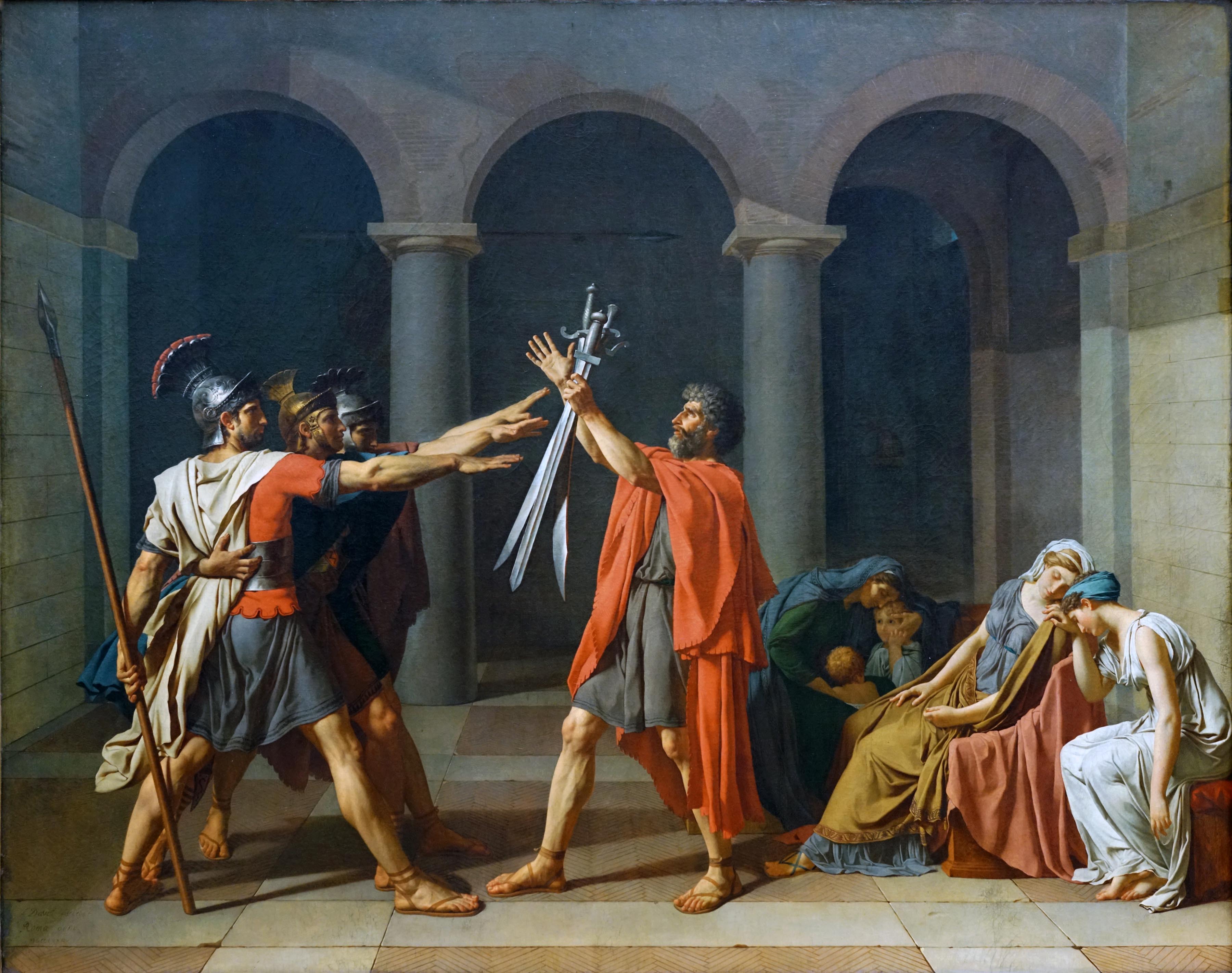
The Oath of the Horatii
Artist: Jacques-Louis David
Period: Neoclassicism
Year: 1784
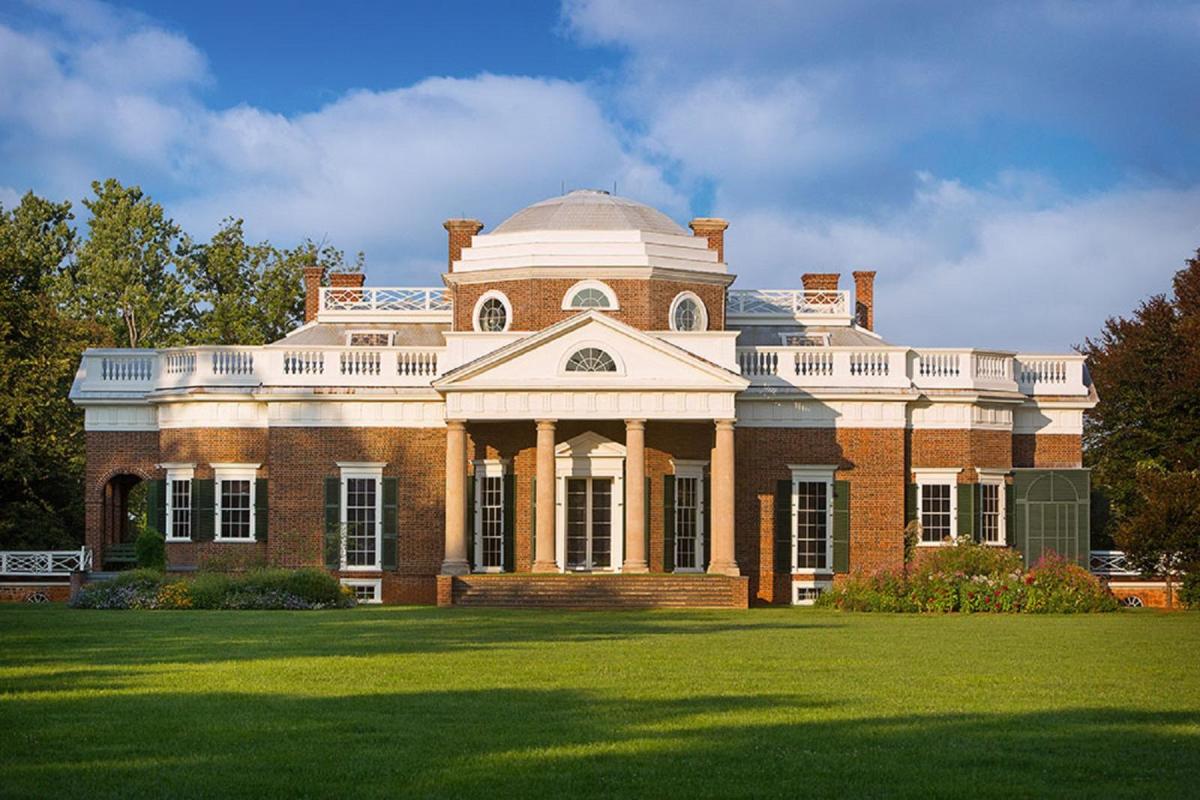
Monticello
Artist: Thomas Jefferson???
Period: Neoclassicism
Year: 1768-1809

George Washington
Artist: Jean-Antoine Houdon
Period: Neoclassicism
Year: 1788-1792
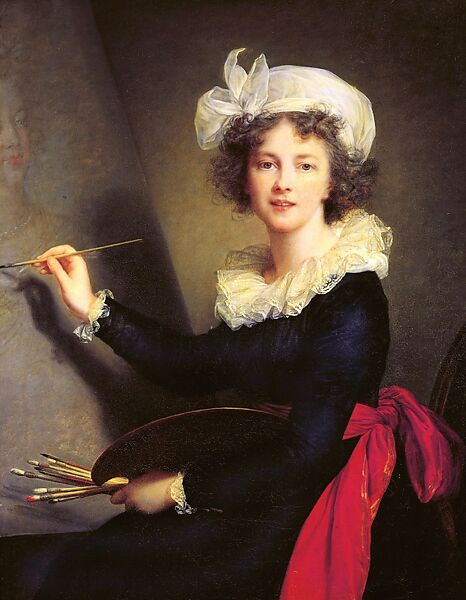
Self-Portrait
Artist: Elisabeth Louise Vigee Le Brun
Period: Neoclassicism
Year: 1790
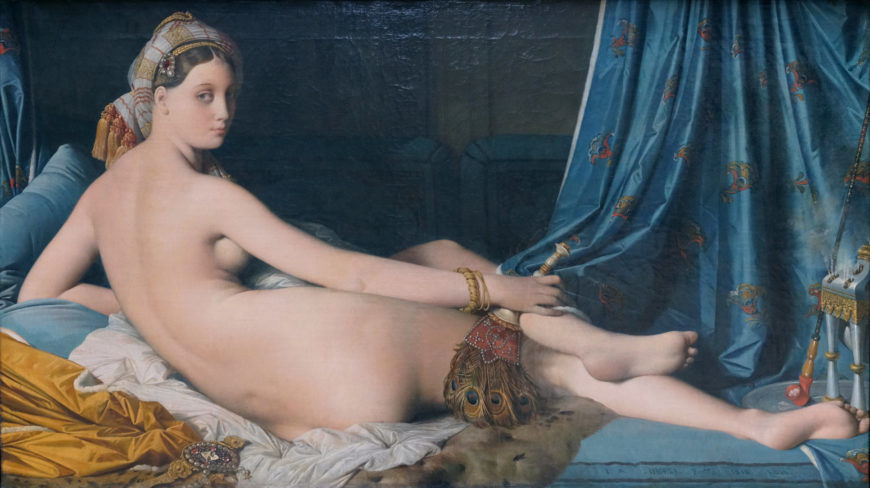
La Grande Odalisque
Artist: Jean-Auguste-Dominique Ingres
Period: Romanticism
Year: 1814
Art under Napoleon
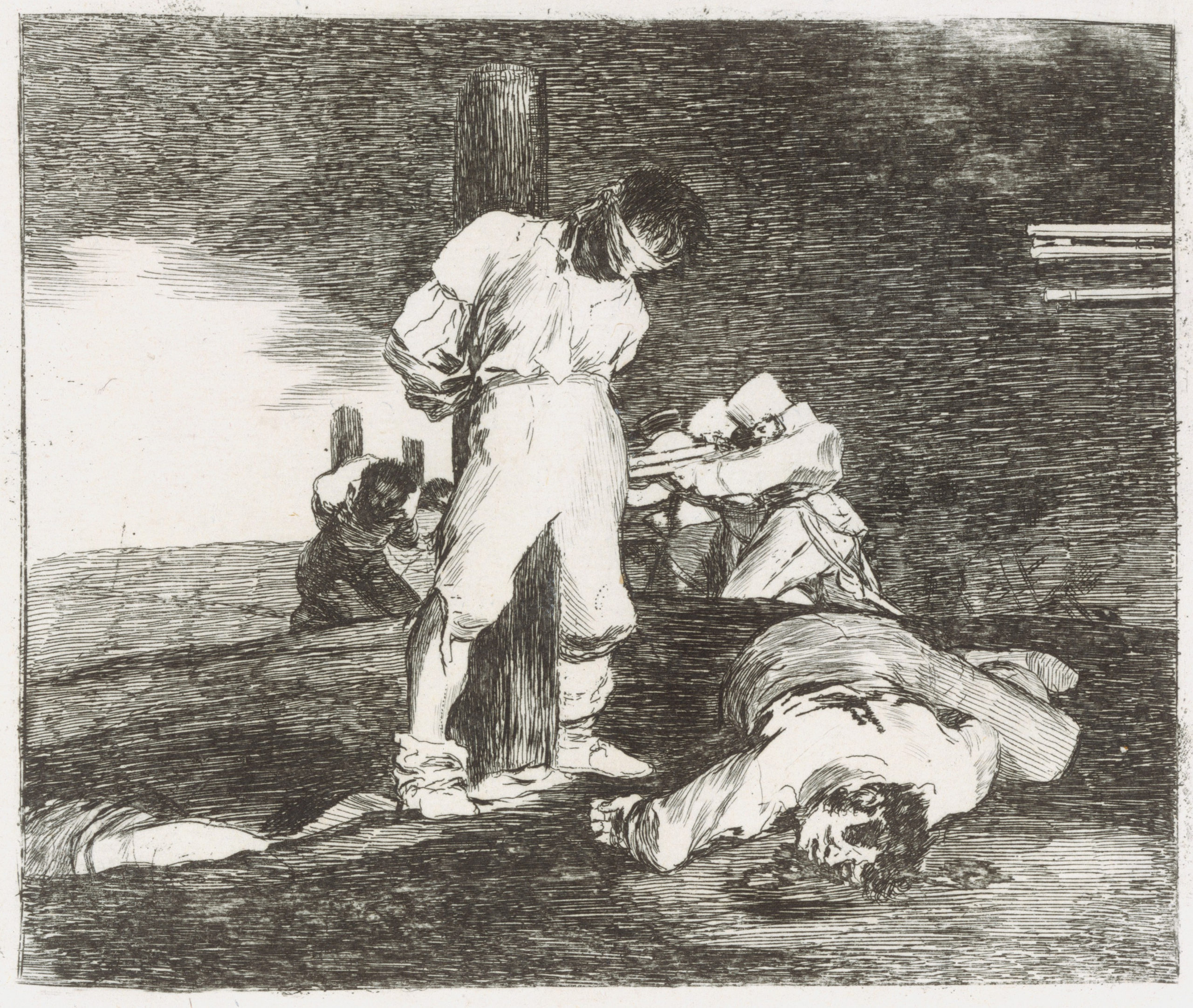
Y no hai remedio (And There’s Nothing to Be Done), from Los Desastres de la Guerra (The Disasters of War)
Artist: Francisco Goya
Period: Romanticism
Year: 1810-1823
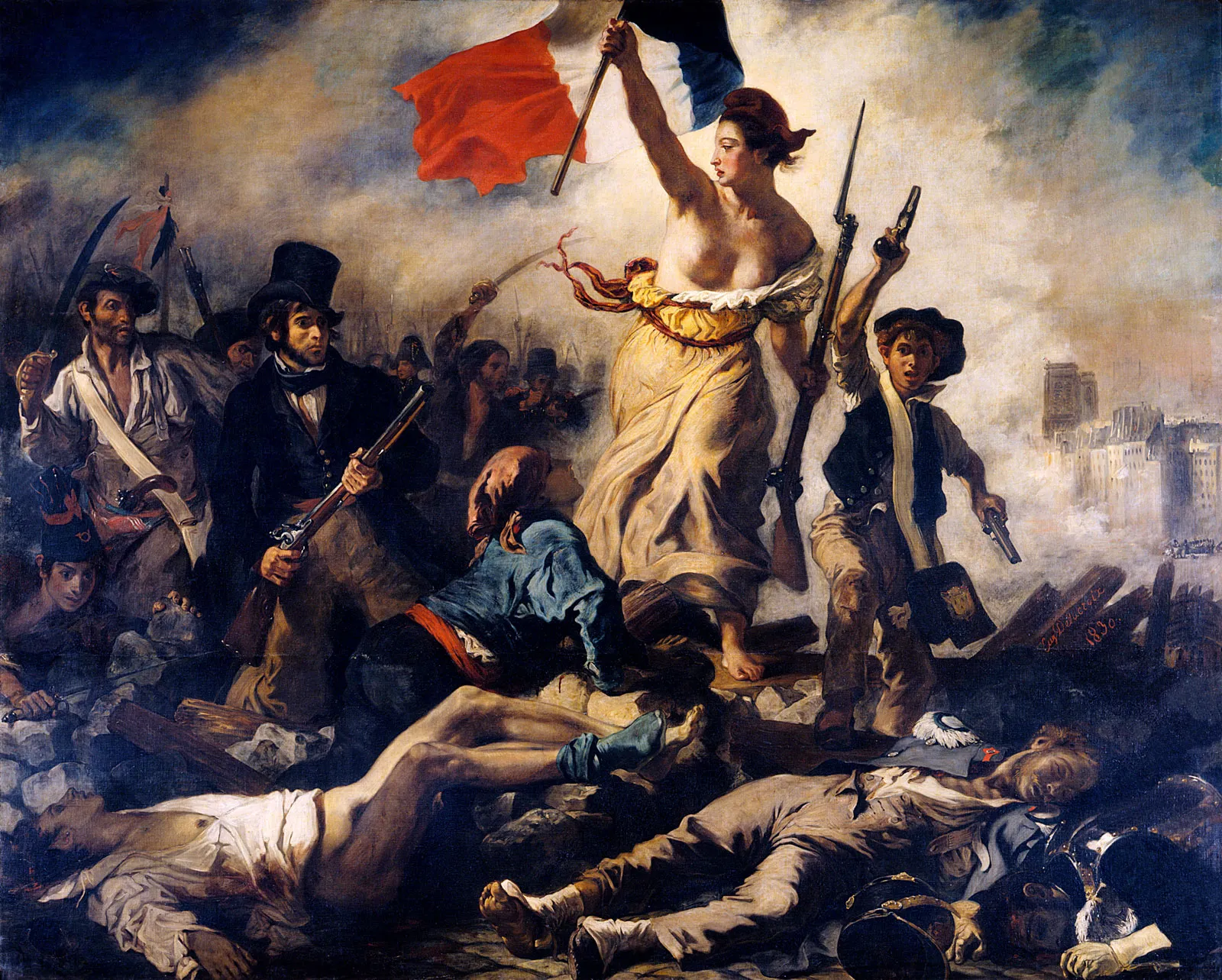
Liberty Leading the People
Artist: Eugene Delacroix
Period: Romanticism
Year: 1830
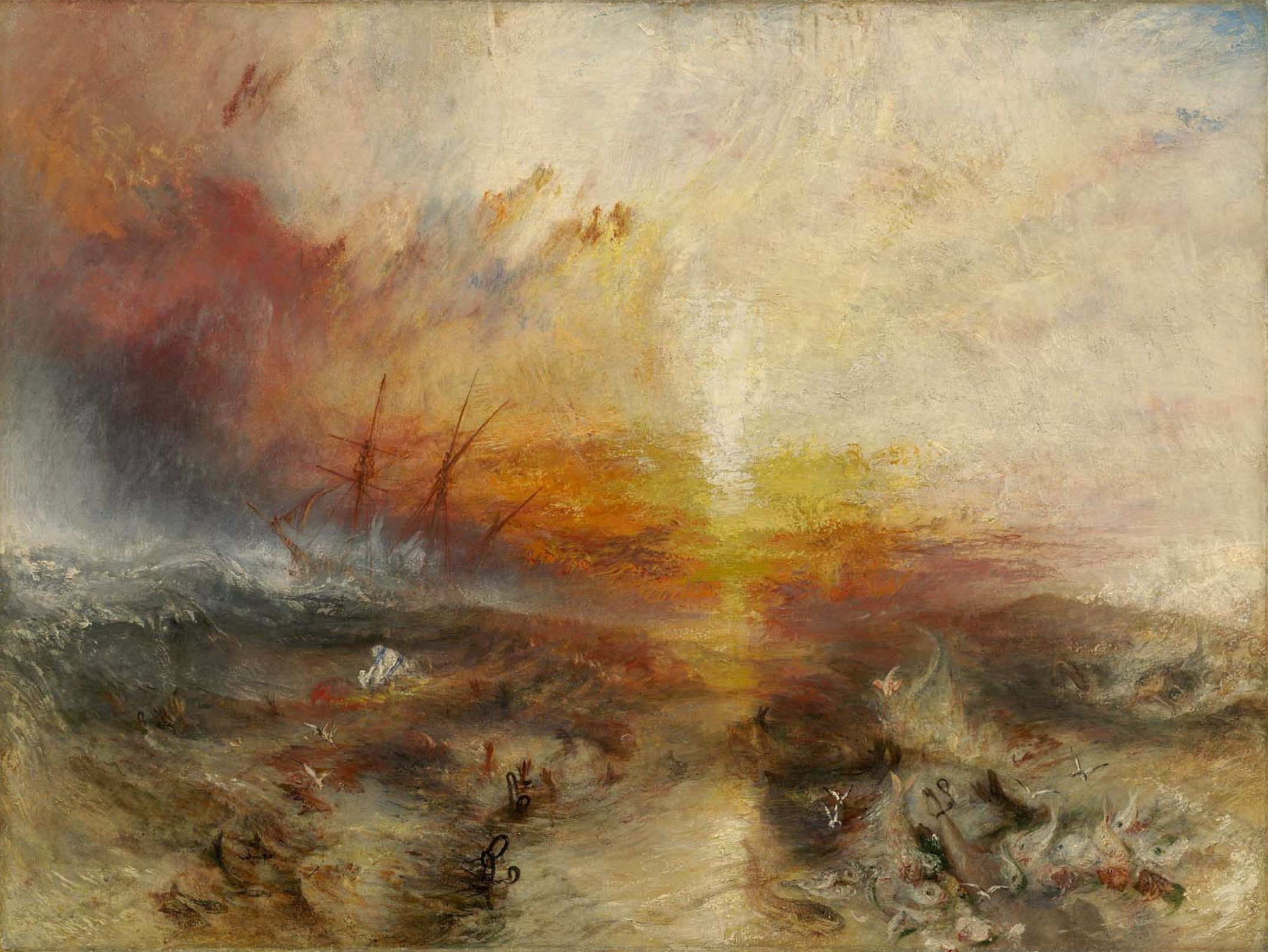
The Slave Ship (Slavers Throwing Overboard the Dead and Dying, Typhoon Coming On)
Artist: Joseph Mallord William (JMW) Turner
Period: Romanticism
Year: 1840
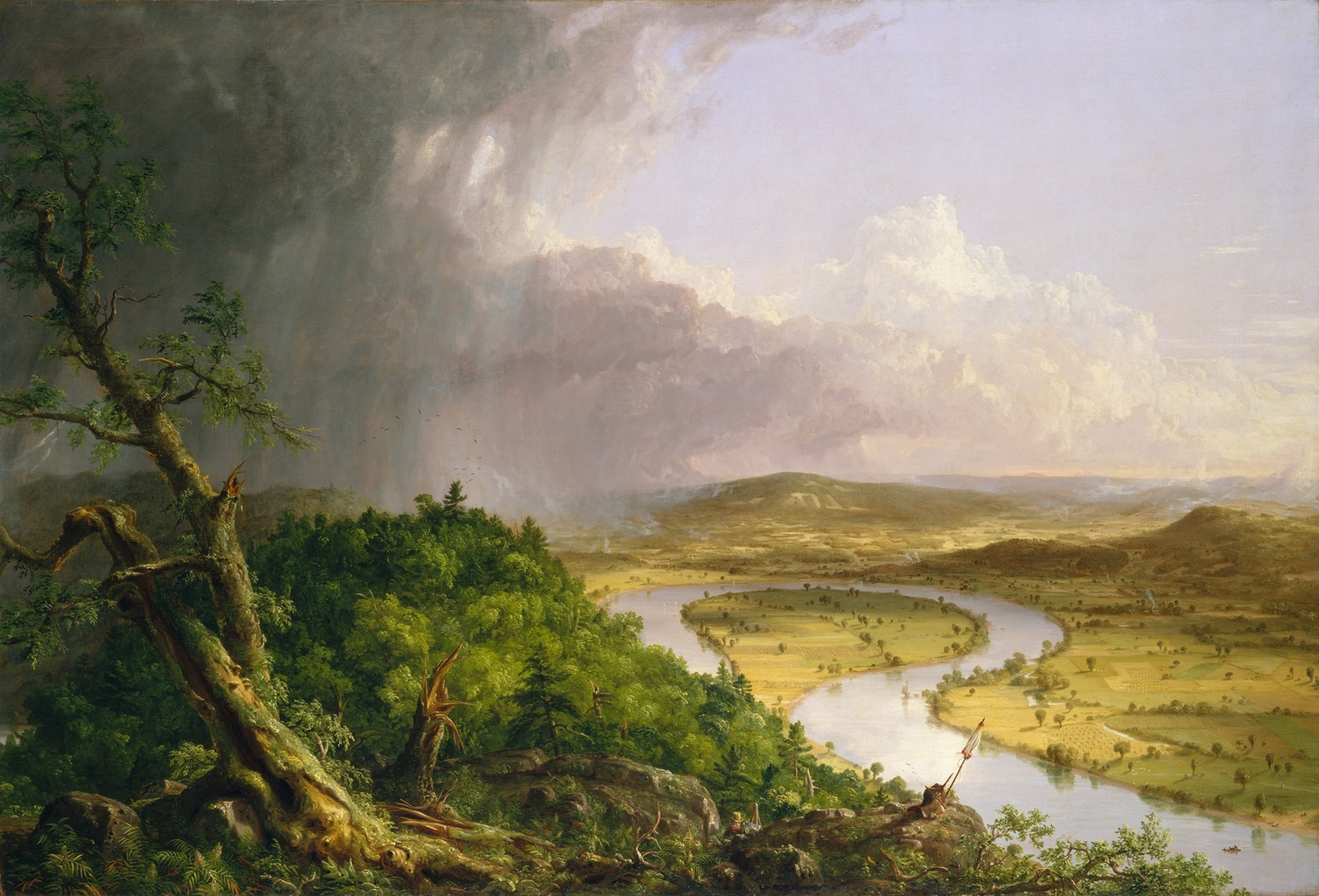
The Oxbow (View from Mount Holyoke, Northampton, Massachusetts, after a Thunderstorm)
Artist: Thomas Cole
Period: Romanticism
Year: 1836
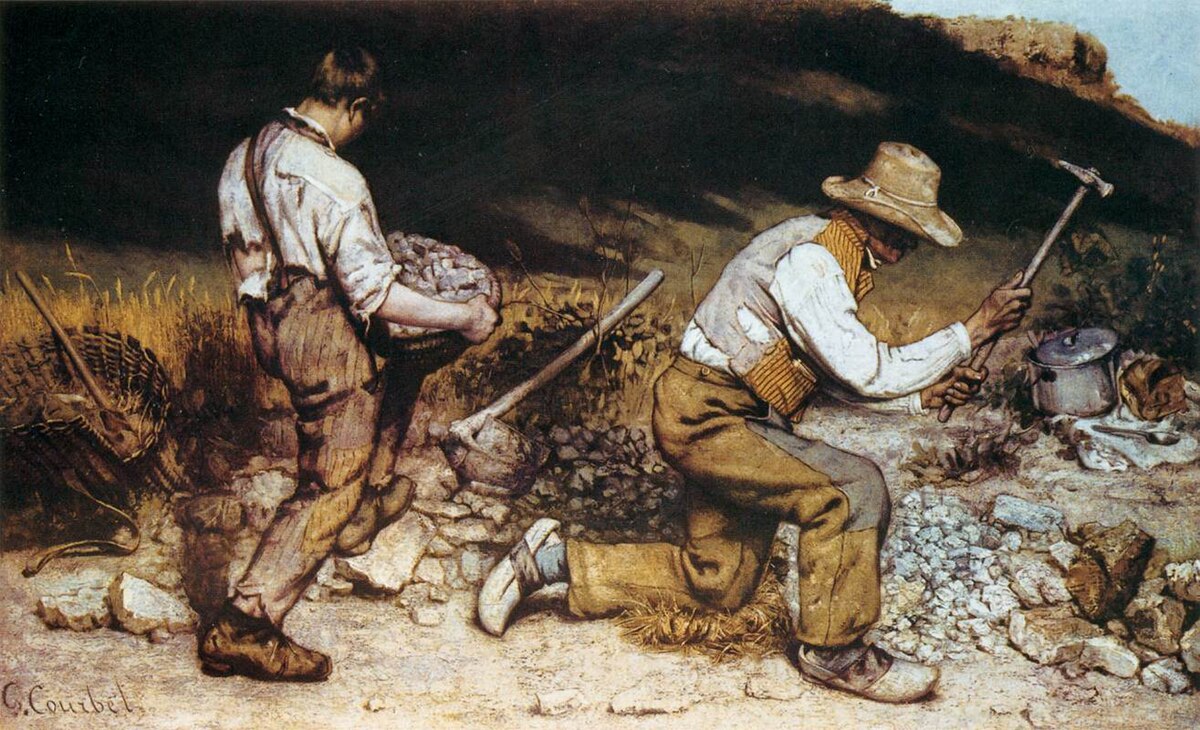
The Stone Breakers
Artist: Gustave Courbet
Period: Realism
Year: 1849
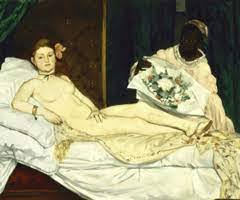
Olympia
Artist: Edouard Manet
Period: 1863
Year: Realism
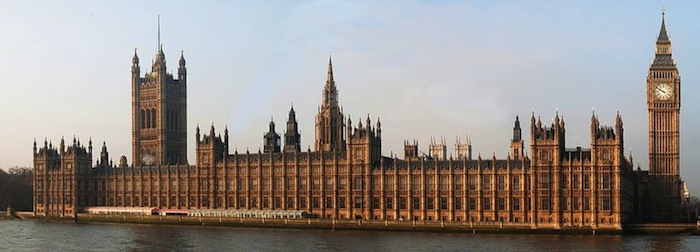
Palace of Westminster (House of Parliament)
Artist: Charles Bary and Augustus WN Pugin
Period: Realism
Year: 1840-1870
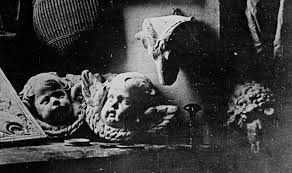
Still Life in Studio
Artist: Louis-Jacques-Mande Daguerre
Period: Photography
Year: 1837
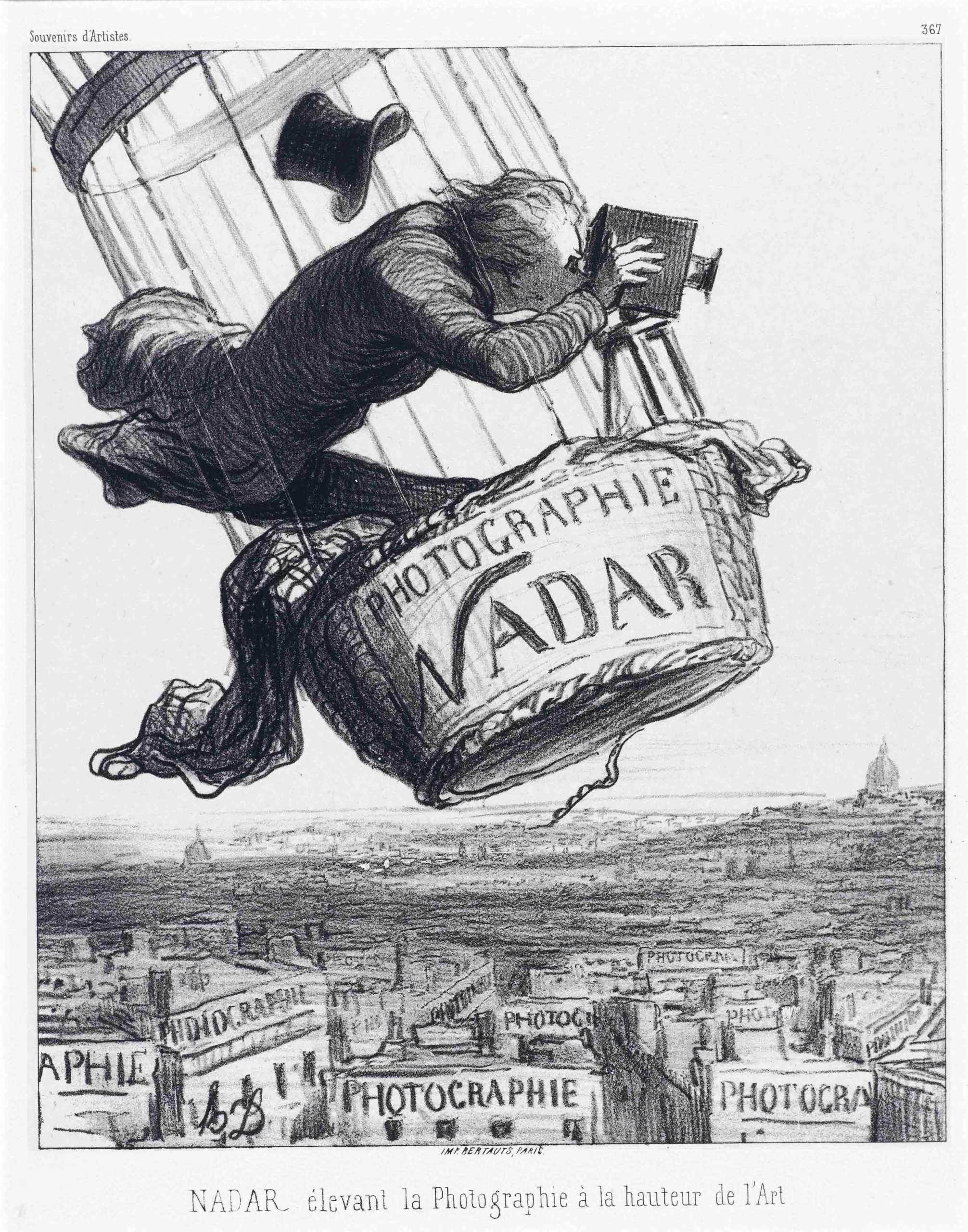
Nadar Raising Photography to the Height of Art
Artist: Honore Daumier
Period: Photography
Year: 1862
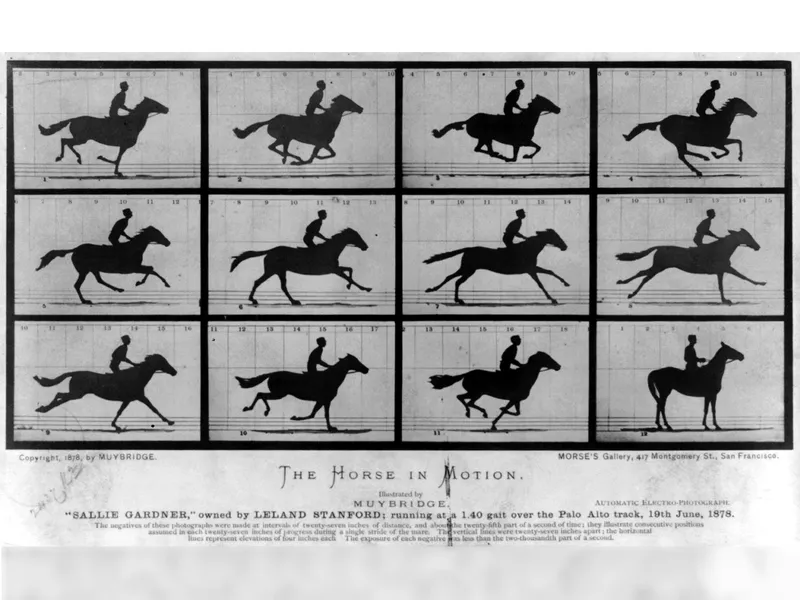
Horse Galloping
Artist: Eadweard Muybridge
Period: Photography
Year: 1878
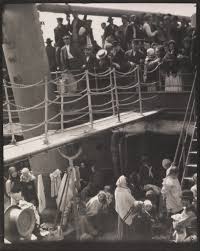
The Steerage
Artist: Alfred Stieglitz
Period: Photography
Year: 1907
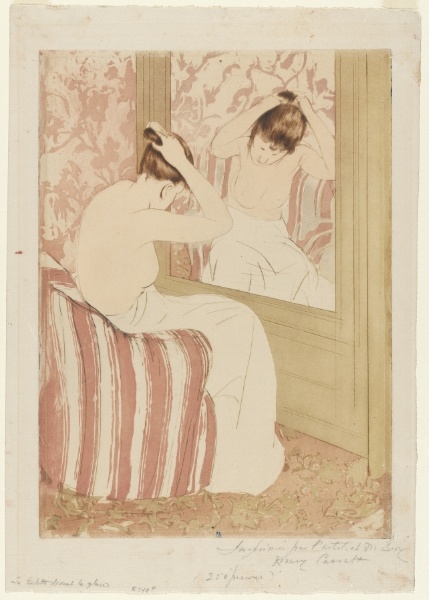
The Coiffure
Artist: Mary Cassatt
Period: Impressionism
Year: 1890-1891
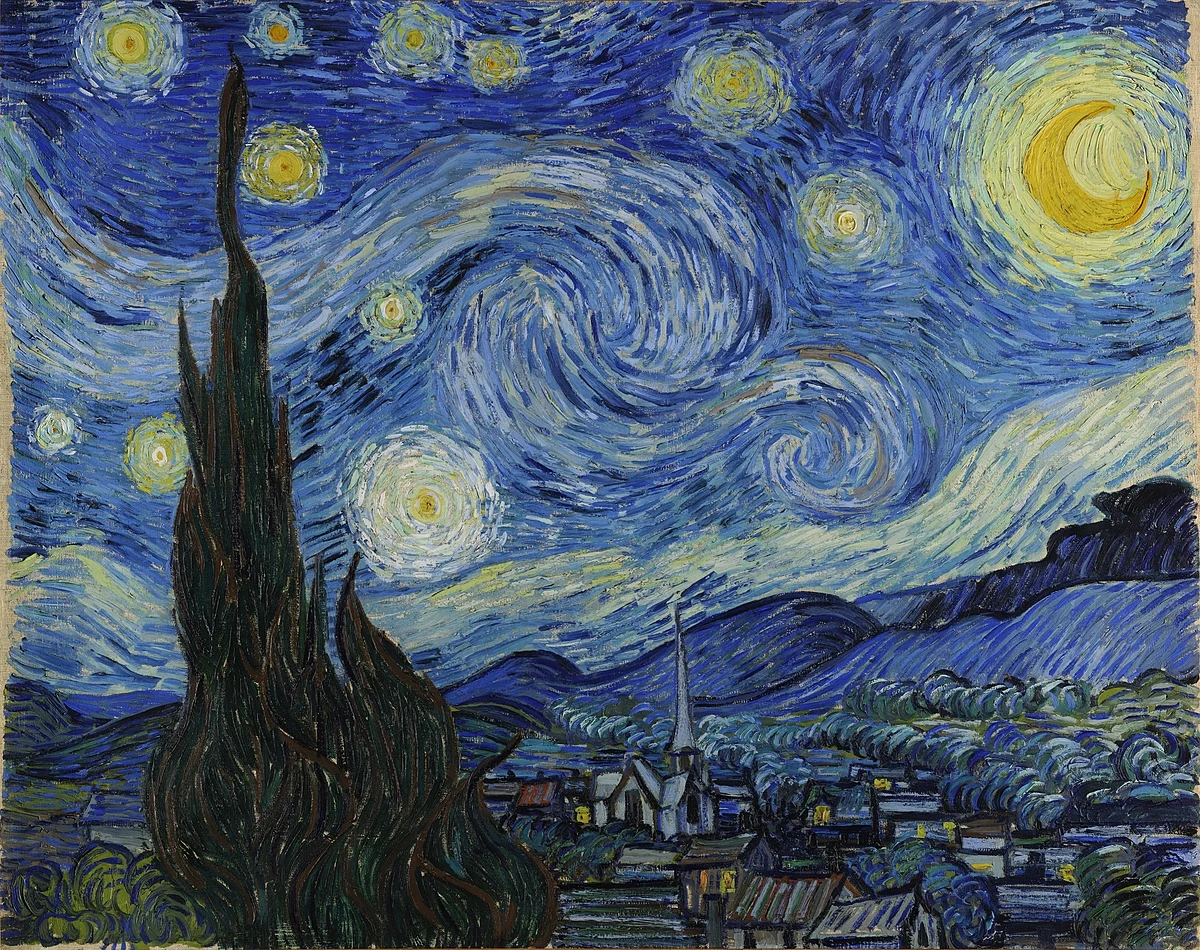
Starry Night
Artist: Vincent van Gogh
Period: Post-Impressionism
Year: 1889

Where Do We Come From? What Are We? Where Are We Going?
Artist: Paul Gauguin
Period: Post-Impressionism
Year: 1897-1898
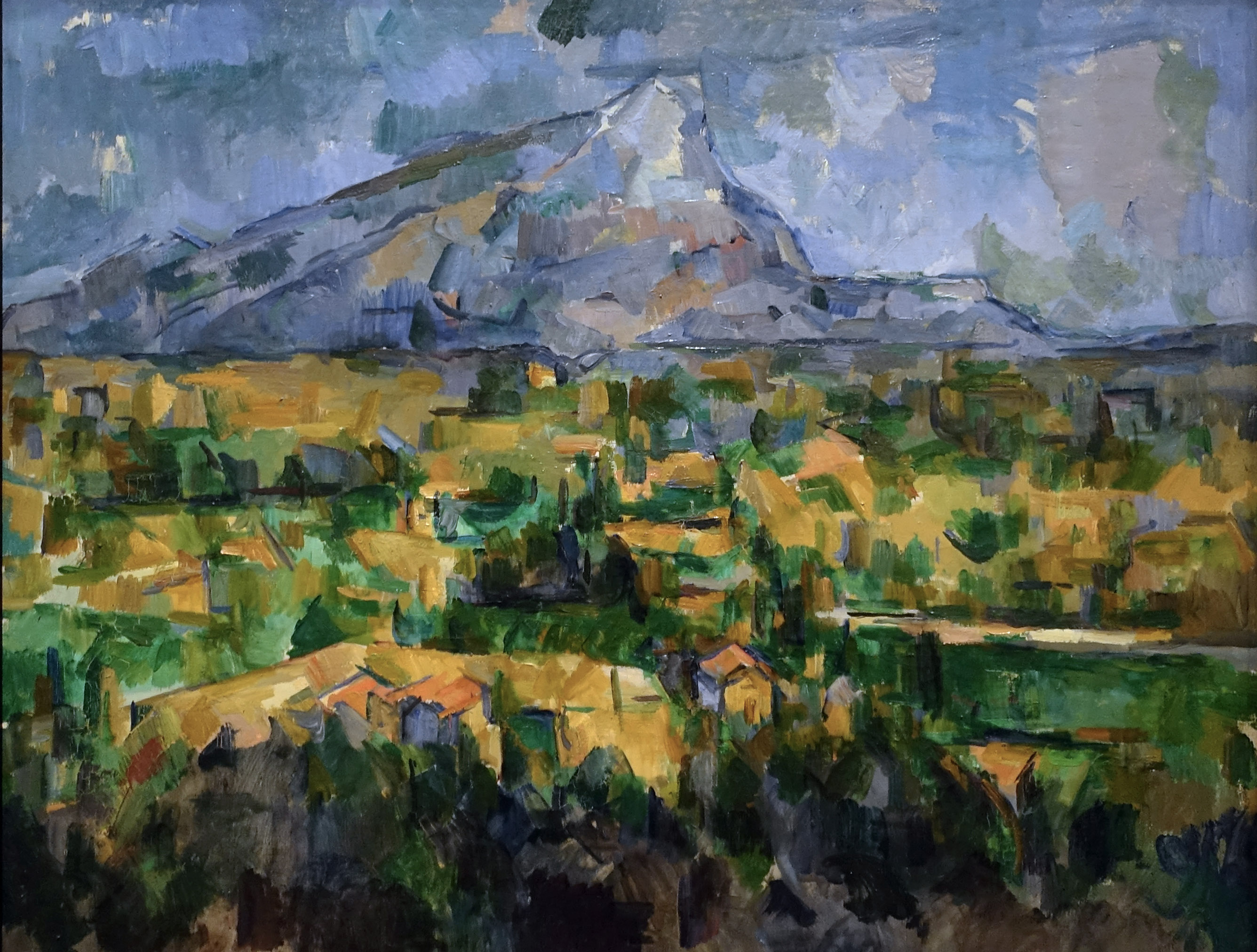
Mont Sainte-Victoire
Artist: Paul Cezanne
Period: Post-Impressionism
Year: 1902-1904
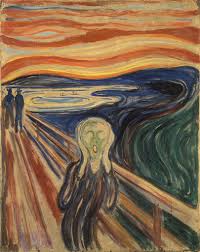
The Scream
Artist: Edvard Munch
Period: Symbolism
Year: 1893
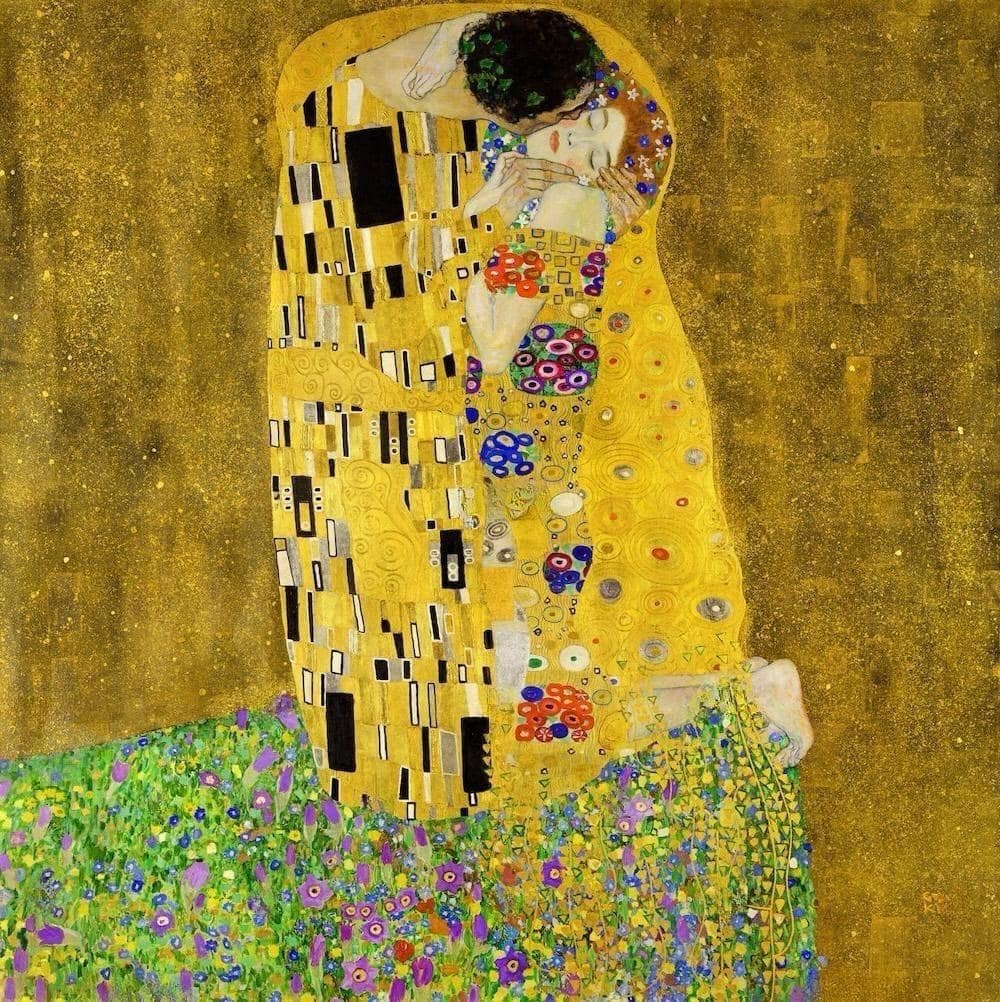
The Kiss
Artist: Gustave Klimt
Period: Symbolism
Year: 1907-1908
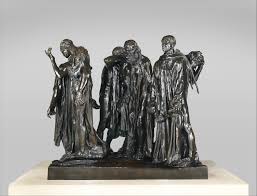
The Burghers of Calais
Artist: Auguste Rodin
Period: Realism?
Year: 1884-1895
Sculpture
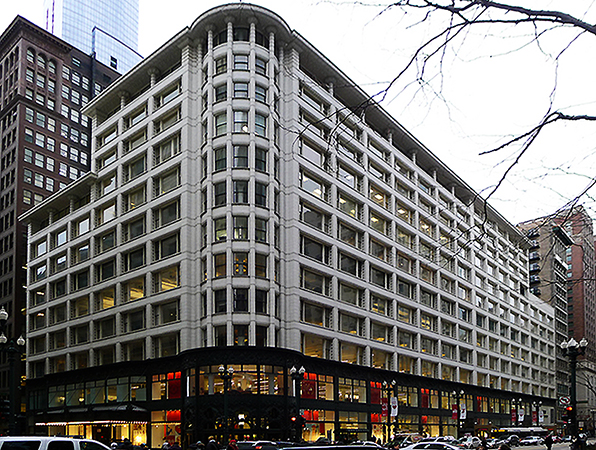
Carson, Pirie, Scott and Company Building
Artist: Henry Sullivan
Period: Art Nouveau
Year: 1899-1903
Architecture/Decorative Arts
Select two works of art or architecture from the late 18th and early 19th centuries to compare. Assess these works as representational of the styles and periods from these centuries. How do they conform to the philosophies and ideologies of their styles? How do they inform the viewer of the environment? How do they reflect the artist and the country of origin?